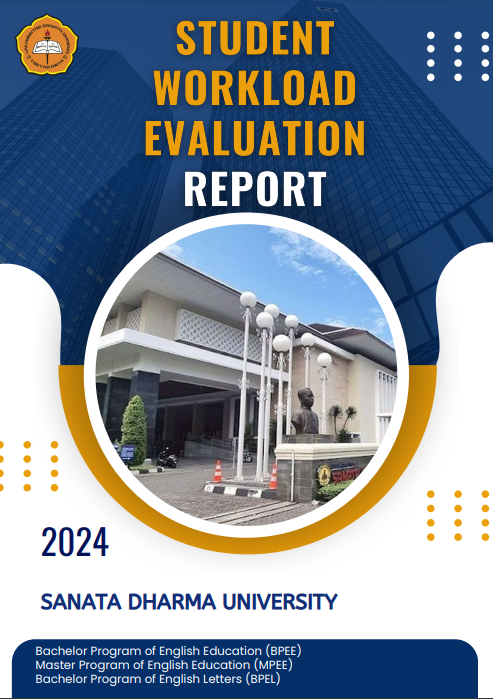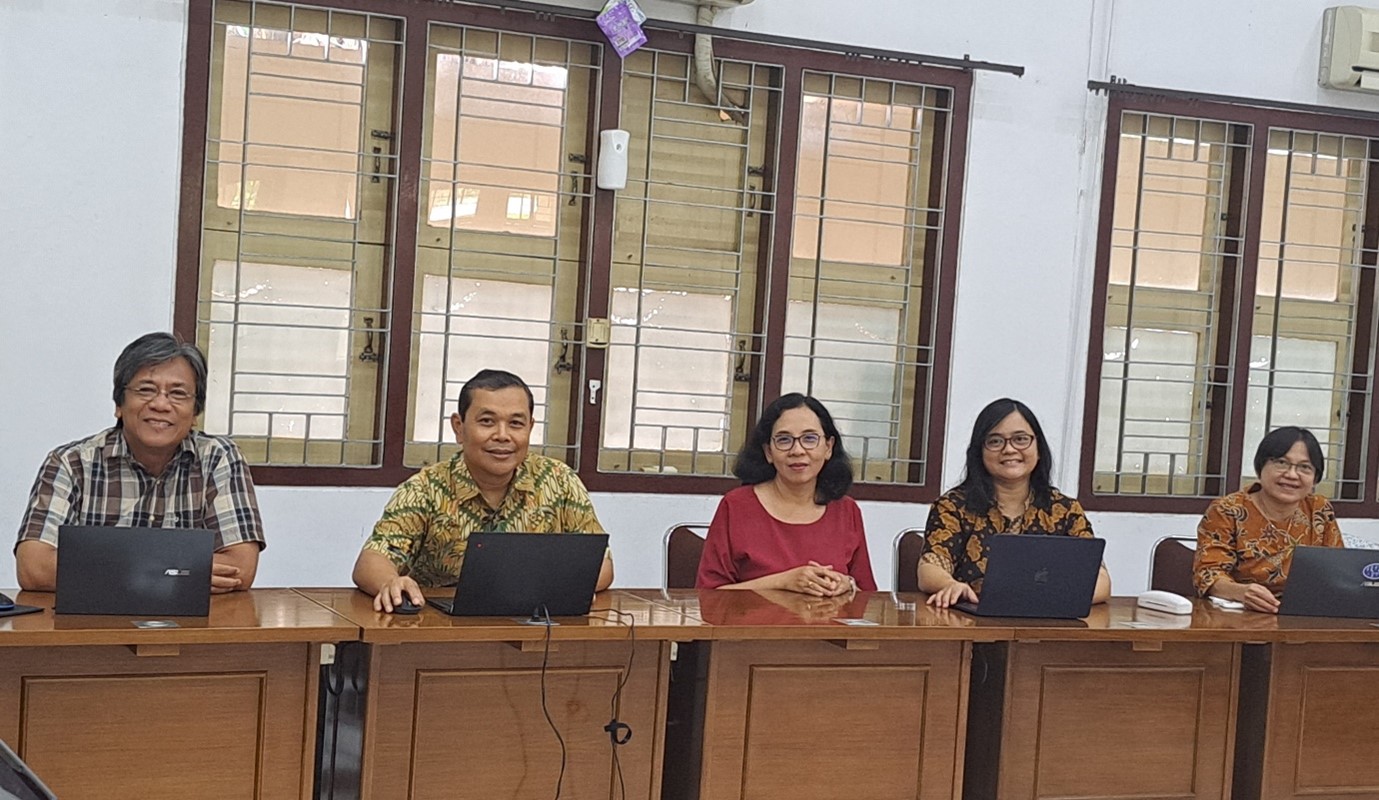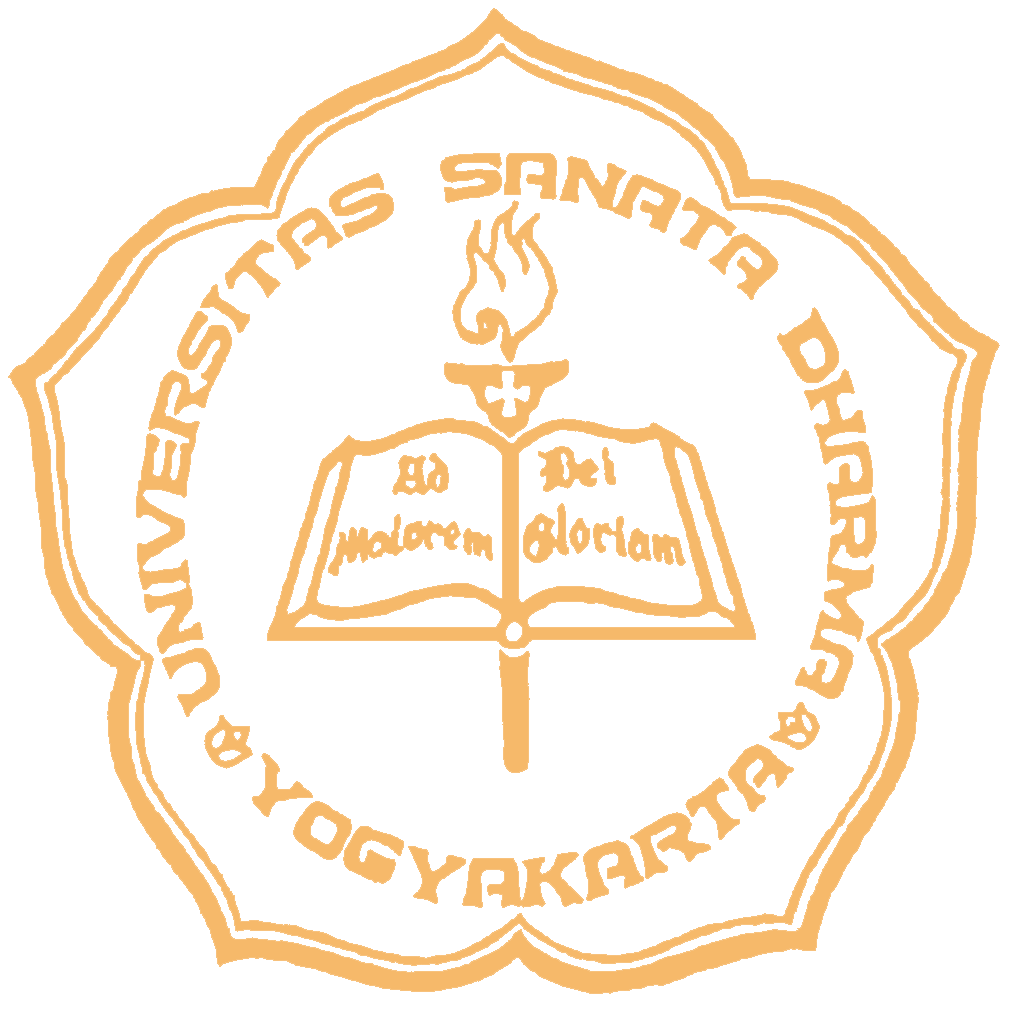Evaluation of the Implementation of the Culture of Measuring Student Workload
Student workload (SWL) refers to the amount of work and academic activities that students are expected to complete within a certain period of time, usually one semester or academic year. This includes all activities related to learning, such as attending class, independent study, completing assignments, projects, and exams, as well as other additional learning such as internships, laboratory work, or fieldwork.
Student learning load is usually measured in terms of semester credits or credits, where each course is assigned a certain number of credits based on the expected learning load. Study load may vary depending on factors such as semester level, complexity of material, and learning objectives.

Understanding the student learning load is important for students and lecturers. For students, it helps them manage their time effectively and plan their studies. For lecturers, this helps in designing courses and ensuring that the workload is balanced and manageable for students.
Integration of SWL measurement in the learning evaluation system. As a follow-up to international accreditation and USD’s participation in the Calohea project with universities in Europe and in Southeast Asia. The CALOHEA project unites thirty-one institutions across eight countries within ASEAN and five countries within Europe. The Calohea project is co-funded by the European Union through the Erasmus + program in collaboration with ASEAN University Network (AUN) which is based in Bangkok.
A review of the implementation of the culture of measuring student learning load at USD was carried out on March 16 and 18, 2024, and continued with sending the results of the review as a requirement for international accreditation. Present at the meeting were the Vice Chancellor for academic affairs, the Dean of the Faculty of Education, the Dean of the Faculty of Letters, the Head of the English Language Education, English Literature, and Master of English Education study programs as well as the curriculum team from each study program.
A system for measuring student learning load has been developed and implemented in student SIA starting in the odd semester of 2023/2024. Students have filled out a survey about their study load for one semester. The results of the survey, which explored students’ perceptions about their learning load in class and assignments outside of class, were analyzed by the curriculum team together with relevant officials. The survey results show that the majority of students’ learning load is in accordance with the load required for each credit. However, there are a few courses that are not ideal because the load is felt by students to be too light or too heavy. The follow-up to these findings is discussed at the study program level. Study load adjustments are carried out as a follow-up to optimize student learning performance.


